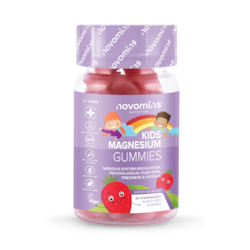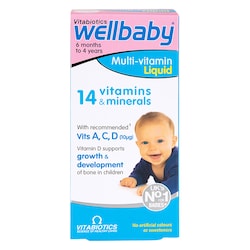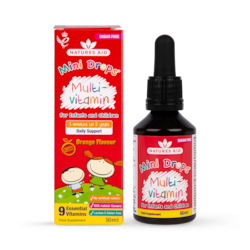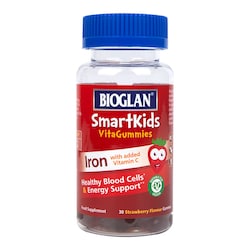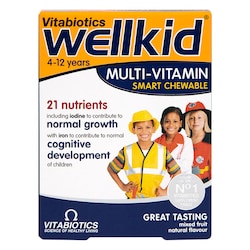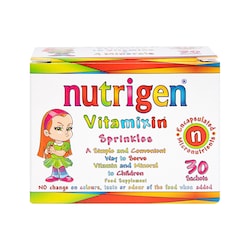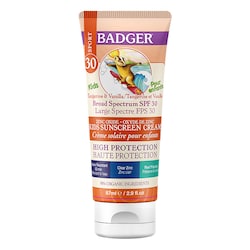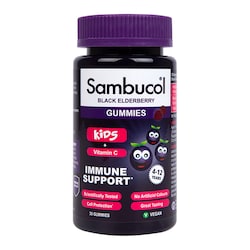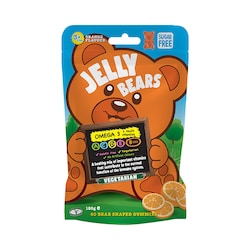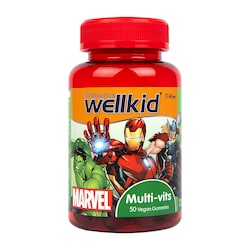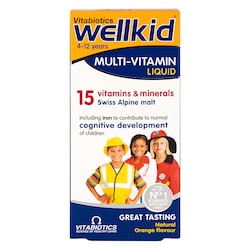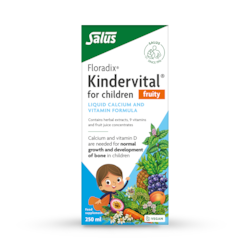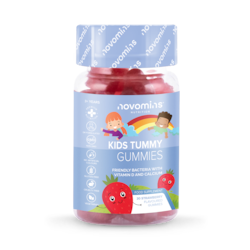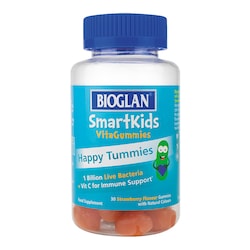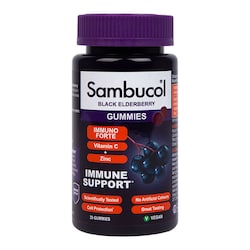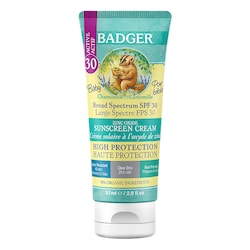15% off £25 OR 20% off £35
Code:CHOOSE
What is cradle cap – and how can I get rid of it?

What are those flaky, yellowish scabs on your newborn’s head? Don’t panic – it’s most likely cradle cap
Summary
1What is cradle cap?
Cradle cap – a type of dermatitis – is a common condition which affects newborn babies.1 This condition causes flaky, scabby patches on an infant’s...
2Common symptoms of cradle cap
If your baby has any of the following on their scalp, it could be cradle cap: crusty, yellowish patches..
3What is the cause of cradle cap?
The medical cause of cradle cap isn’t actually known. It’s thought to be a result of excess oil made by the glands in your new baby’s scalp...
Life with a newborn can be nerve-wracking. If your little one develops cradle cap, it’s natural to be concerned.
Reassuringly, this scalp condition is both common and generally harmless.
However, you should know how to treat cradle cap to ensure it doesn’t get any worse or spread to other parts of your baby’s body.
Read on to discover what cradle cap is, the symptoms of cradle cap, what causes it, and what to do if your baby has it.
What is cradle cap?
Cradle cap – a type of dermatitis – is a common condition which affects newborn babies.1
This condition causes flaky, scabby patches on an infant’s scalp.
Cradle cap usually occurs in babies between the ages of 3 weeks and 12 months.
It’s very common and thought to affect 1 in 10 newborns.2
Common symptoms of cradle cap
If your baby has any of the following on their scalp, it could be cradle cap:3
- crusty, yellowish patches
- flaky white skin
- oily, greasy skin
- scaly areas
These signs of cradle cap may be accompanied by mild redness.
Some babies get cradle cap on eyebrows, nose and nappy area. Again, this is completely normal and usually clears up on its own. Cradle cap on face or body areas is known as infantile seborrheic dermatitis.4

Further, cradle cap doesn’t typically cause inflammation, oozing or odour. If your baby has any of these, it could be an infection and medical attention should be promptly sought.5
Good news - cradle cap isn’t itchy, and your baby probably isn’t even aware of it! It’s also worth nothing that cradle cap isn’t infectious, and your baby being near another baby with cradle cap won’t mean your child is any more likely to develop it.6
What is the cause of cradle cap?
The medical cause of cradle cap isn’t actually known.
It’s thought to be a result of excess oil made by the glands in your new baby’s scalp. Due to hormonal changes in the mother during pregnancy, the oil glands can be overactive during the first few months of a baby’s life.7
The scalp is particularly affected as it has plenty of oil glands.8 The type of dermatitis which causes cradle cap is also found in other areas where there are oil glands, including the eyebrows, nose, ears and in the nappy region.9
Another theory on the cradle cap cause is the presence of a type of yeast called malassezia which one study found on the scalps of around 80% of babies with cradle cap.10
Cradle cap isn’t caused by poor hygiene, so don’t feel guilty and that you could have prevented it by washing your baby more.
Summary: Cradle cap is very common – around 1 in 10 newborns are affected. Signs include flaky, yellowish patches on the scalp, eyebrows, ears or nappy area. It’s harmless, non-contagious and should go away on its own
How do you get rid of cradle cap on babies?
While cradle cap is harmless, there are ways to prevent it and also get rid of it.
- Wash your baby’s hair every day: Using a mild baby shampoo, gently wash your baby’s hair with your fingertips, rinsing then patting their head dry with a clean towel.
Special cradle cap shampoo is available, but you might not need it unless the cradle cap is persistent, or if your midwife or doctor recommends it.
Handpicked content: 8 of the best baby shampoos - Brush your baby’s scalp: After washing, gently brush your baby’s hair and scalp to loosen the scabs. You could use a regular soft baby brush or a cradle cap brush with soft rubber bristles, or even a clean flannel.
Some parents prefer using a fine tooth comb to gently comb loose flakes out. Don’t worry if washing or brushing doesn’t remove all the scabs. This just means the scabs are still attached to healthy skin and aren’t ready to fall off yet. - Oil your baby’s scalp: After each wash, massage your baby’s scalp with a non-allergenic oil such as baby oil, olive oil, vegetable oil or coconut oil.
Leave for a few hours to soften the rough, crusty skin before shampooing out. You could buy a special cradle cap cream to apply if you prefer. These work by softening the skin and reducing the secretion of the natural oil sebum.
- Don’t use anti-dandruff shampoo: Anti-dandruff shampoo can contain ingredients – like salicylic acid – which are too harsh for a baby’s delicate skin.11
- Don’t use a steroid cream unless it’s prescribed: Don’t use a steroid cream (such as hydrocortisone cream) unless your doctor recommends it. These creams can be strong for a newborn and their use should be monitored by a medical professional.12
- Don’t use soap: Soap is drying on newborn skin, which can make cradle cap worse. Use a mild baby shampoo or special cradle cap baby shampoo instead.13
- Don’t pick it: Never scratch, pick or roughly rub cradle cap.
What happens if you scratch cradle cap?
Scratching or picking cradle cap can introduce infection to your baby’s scalp, which will require further treatment.14
Picking cradle cap also causes sore spots for your baby, and you could end up removing healthy skin along with the dried scabs.
Picking cradle cap scabs can also pull out your baby’s hair. Cradle cap hair loss isn’t permanent, so don’t worry if you do see any hair loss when gently washing your baby’s scalp.
What if cradle cap doesn’t go away?
Cradle cap should clear up on its own after your baby’s first birthday, or in a few weeks with home treatment. If it persists, speak to your midwife or doctor to discuss further treatment.15
This might include an antifungal cream such as ketoconazole 2%, or a topical steroid cream such as hydrocortisone 1% for approximately 1-2 weeks.16
Be aware that it’s not uncommon for a baby to experience recurrent cradle cap during their first year, even after initial successful treatment.
Summary
Wash your baby’s hair daily with mild baby shampoo until cradle cap goes away. Gently brush or comb the loose flakes away. Never pick or scrub, as this can cause infection
If symptoms persist, see your baby’s doctor
- https://www.ncbi.nlm.nih.gov/books/NBK531463/
- https://pubmed.ncbi.nlm.nih.gov/17656992/
- https://kidshealth.org/en/parents/cradle-cap.html
- https://www.ncbi.nlm.nih.gov/books/NBK531463/
- https://www.rch.org.au/kidsinfo/fact_sheets/Cradle_cap/
- https://www.nhs.uk/conditions/cradle-cap/
- https://kidshealth.org/en/parents/cradle-cap.html
- https://www.ncbi.nlm.nih.gov/books/NBK531463/
- https://www.nhs.uk/conditions/cradle-cap/
- https://www.ncbi.nlm.nih.gov/books/NBK531463/
- https://www.nhs.uk/conditions/cradle-cap/
- https://www.nhs.uk/conditions/cradle-cap/
- https://www.nhs.uk/conditions/cradle-cap/
- https://www.nhs.uk/conditions/cradle-cap/
- https://www.nhs.uk/conditions/cradle-cap/
- https://www.ncbi.nlm.nih.gov/books/NBK531463/
The advice in this article is for information only and should not replace medical care. Please check with your GP or healthcare professional before trying any supplements, treatments or remedies. Food supplements must not be used as a substitute for a varied and balanced diet and a healthy lifestyle.


